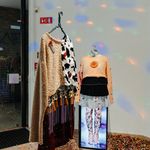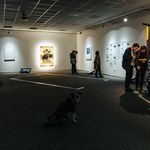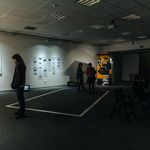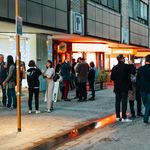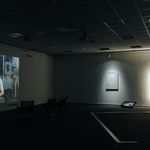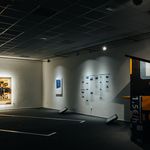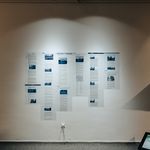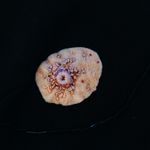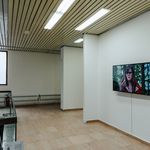"Hi, where are you now?"

"Hi, where are you now?"
UGM Studio, Trg Leona Štuklja 2, Maribor
5 June – 11 July 2020
opening: Friday, 5 June 2020, 20:00
artists: Sara Bezovšek, Lea Culetto, Vid Merlak, Danilo Milovanović
curator: Jure Kirbiš
coproducer: Aksioma – Institute for Contemporary Art
The exhibition "Hi, where are you now?" presents four projects by four young artists, created as part of the U30+ programme. U30+ is an initiative of the Aksioma – Institute for Contemporary Art in Ljubljana, which provides young artists at the start of their careers with comprehensive support with their art project, from idea to execution and on to the first presentation in Aksioma Project Space and a later presentation outside Ljubljana. After their first presentation in Aksioma as independent projects, they are presented together in UGM Studio for the first time. Following the exhibition "Hi, can you hear me alright?" in 2018, this exhibition is the second such collaboration between UGM | Maribor Art Gallery and Aksioma and can be understood as an insight into the creative approaches of the youngest generation of artists in Slovenia, particularly in the field of new media art.
If the artists in the exhibition "Hi, can you hear me alright?" addressed new forms of communication and communication noise which may occur—and this is the topic of some projects this time around as well—then the artists in the exhibition "Hi, where are you now? ” speak more to the spatial component of contemporary life. They talk about the slippery terrain between private and public space, between intimate and social space, between real and virtual space. In her project, Lea Culetto creates the fictional clothing brand deflowered by Lea and brings the often unspoken topics concerning women and their bodies onto the street. In TOP, Danilo Milovanović arbitrarily privatises public space of the city, with the aim of personal gain. In the trilogy of video collages Revenge Porn, Sextortion and Cyberstalking, Sara Bezovšek addresses the porousness of privacy boundaries online, particularly in relation to sexuality and sexual abuse. By staging an online conversation in real space in Seen, Vid Merlak shows not only how the virtual space is interfering with what is being said, but also how it interferes with the sequential nature of conversations and the relationship between the intimate and the banal.
Now, more than ever before, when some are working and studying from home, when we schedule meetings and parties online, and when gatherings in public space are advised against, if not prohibited, the exhibition “Hi, where are you now?” offers a timely opportunity to rethink our relationship between space and the contemporary ways of living.











